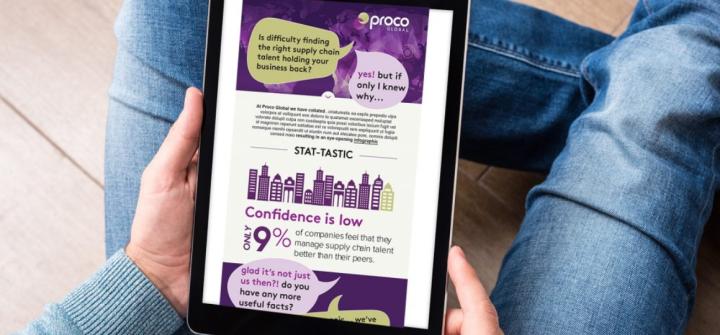Case study
How LEF Recruitment makes better matches with assessments
LEF Recruitment

The Challenge
To ensure that Joris and his colleagues make the best possible matches for their candidates and clients, it is important that they collect as much relevant information as possible about the candidate and job profile. “We know from experience, but certainly also from scientific research, that a CV is a poor predictor of success in the workplace. This document only says something about available knowledge and work experience, but does not provide insight into what a candidate can mean for an organisation in the future. At LEF Recruitment, we prefer to focus on a candidate's ambitions, personal future plans and the desired growth. We summarise this in the curriculum future (CF).” In preparing this document, a candidate is encouraged to think about what he or she wants to achieve in the workplace, and which steps are needed to get there.
These ambitions are a good starting point in an application procedure, but for Joris, this was not enough. “We were specifically looking for a solution that allowed us to hold deeper conversations with candidates and clients. In addition, we needed objective data to substantiate our decisions towards candidate and client.”

The Solution
At LEF Recruitment, candidates contact LEF for a specific vacancy at a client or candidates are approached by the recruitment experts at LEF. The first selection takes place after the candidate has been interviewed and asked what they are looking for in their next position. This is followed by CV preparation and then an introduction to the client. “If the introduction has been positive, we will use Thomas International's Behaviour assessment (PPA). This assessment provides a lot of information about someone's preferred behavior in the workplace, and this is something you can't read from a resume. We always link the results of the assessment back to the candidate and, after approval, also share them with the client.” Completing the assessment takes approximately 8 minutes and provides information about someone's strengths and development areas, their preferred communication style, motivators and how they are likely to behave under pressure.
“For us, the objectivity of the assessment results is very valuable. It really gives us the opportunity to add more depth to our application process. During an interview, a candidate may indicate that he or she has certain ambitions, but the assessment might shows that this direction does not truly suit them. The objective data then helps us to start a conversation with the candidate and to reflect together on which direction would suit them best.”
But LEF Recruitment does not only use the PPA assessment for the candidate. “When a client approaches us about a vacancy, we have a detailed initial discussion. The purpose of this interview is to get a clear picture of the position and what type of person the organisation is looking for. This forces the client to really think carefully about what they are looking for in a new colleague. We translate this input into the different behavioral profiles that follow from the PPA theory, and we create the ideal candidate profile on that basis.”
It is no secret that the PPA assessment helps to make better matches for LEF Recruitment. But Joris sees yet another application of the results that follow from the test. “What we are increasingly doing is giving onboarding advice to clients. A person's profile says a lot about how he or she handles new challenges. For example, an extensive familiarisation program works well for someone with an ‘S’ profile (Steadiness), while it is best to throw someone with a ‘D’ profile (Dominance) in the deep end.”
Joris knows from experience that the results of the PPA assessment are accurate for about six months. “Candidates are asked to answer the questions specifically in relation to their current or most recent work situation. This means that it is important to assess regularly, as the results can change.”
Situationally, LEF Recruitment also uses the assessment that measures aptitude (GIA). This is especially useful when client are not sure of a candidate’s the speed of cognition. The Aptitude assessment has been specially developed to measure a person's cognitive speed.

The Results
For Joris, the use of the Behaviour assessment during the application phase enhances the application process. “It gives us the objective information we need to have more in-depth conversations that really get to the heart of a person. Recruitment is and remains people's work. Whether someone fits into an organisation has much more to do with work behavior and personal preferences than what (work) experience someone has gained. It is precisely this information that can be read from the results of an assessment.” Joris also sees applications for making the assessment results an integral part of the CF.
In addition, he has planned to organise a team session with the LEF Recruitment team in the near future. Every colleague completes a Behaviour assessment, and these are placed next to each other during the team session, so that it is clear at a glance which profiles are present in the team. “The purpose of this session is to get to know each other better and really understand why someone reacts the way they do in a given situation. If we know what our preferred behavior is from each other, we can take this into account in the future and mutual co-operation will improve.”









